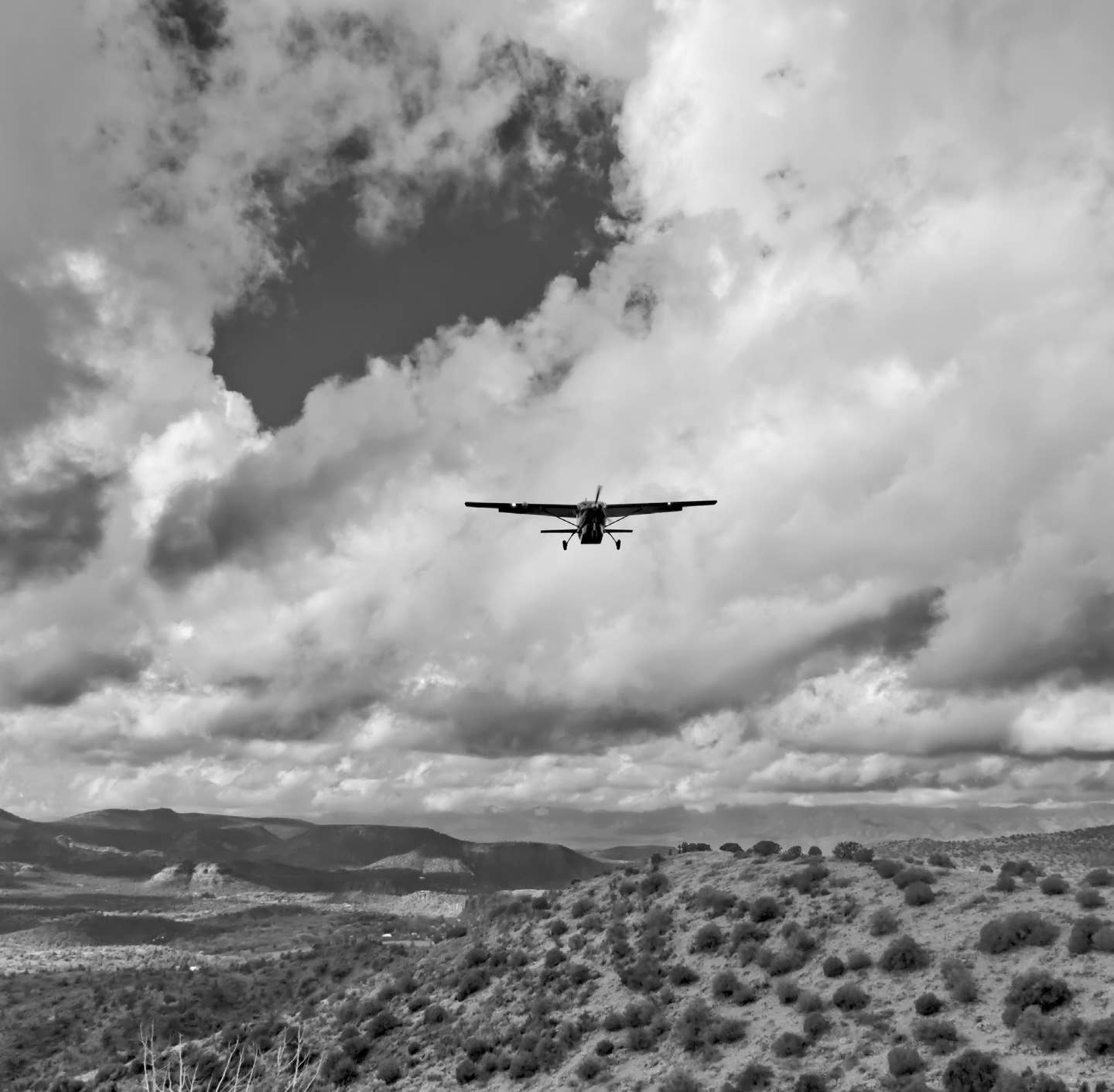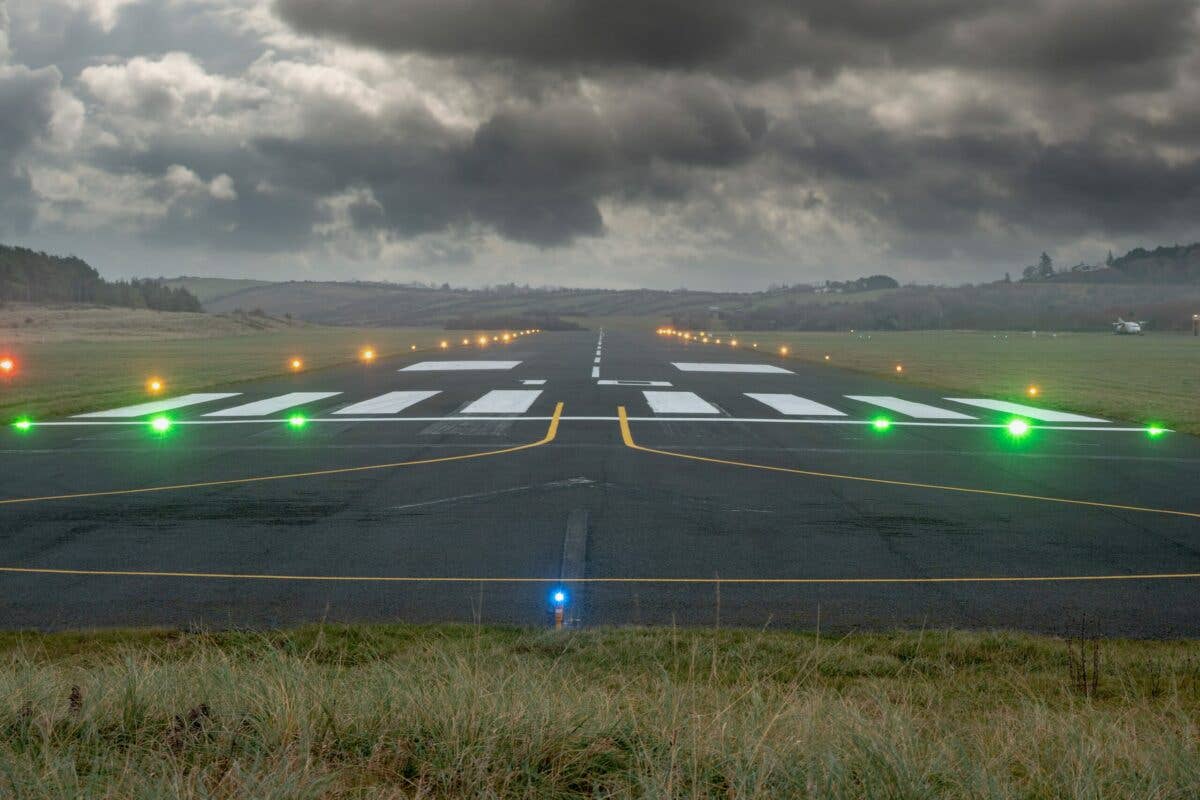
Key West RNAV (GPS) Runway 27 Courtesy Jeppesen
As pilots north of the Mason-Dixon Line continue wrestling with the snow and ice of another winter, a few lucky aviators have been planning flights to much warmer destinations. And where better to head than sunny, warm Florida with pristine beaches and daily temperatures in the upper 70s and low 80s?
As unlikely as it might seem to pilots headed to the panhandle state, there are actually times when an instrument approach might be needed to land at one of Florida’s 140 available airports. That’s why we picked Key West International (KEYW) this month, an airport surrounded by water—and one that might seem least likely to demand any IFR skills.
A. Restricted Area Nearby
During an approach and a pre-departure briefing, pilots should take note of restricted area R-2196 about 20 miles northeast of KEYW. Restricted areas don’t prohibit flying but usually contain enough hazards to warrant the restriction, and in this case, there’s good reason this procedure begins at CARNU. R-2196′s defining hazard is the Cudjoe Key Tethered Aerostat Radar System. A TARS uses a tethered balloon called an aerostat that’s about twice the size of the Goodyear blimp and is attached to the ground by a cable at least 10,000 feet long. That makes this a very bad approach on which to try any shortcuts.
B. “Not to Scale”
Notice the phrase “not to scale” running between CARNU and GUCEL in the upper right corner of the plan view. It’s a reminder that although the distance between CARNU and GUCEL and the distance between GUCEL and BURPY appear visually to be the same, they aren’t. In this example, the former distance is nearly 30 nm but only 18 in the latter instance.
C. Water, Water Everywhere
This procedure demands a considerable amount of overwater flying. In fact, most of the approach is over the ocean except for the final 5 miles. This is because Naval Air Station Key West lies just to the east of KEYW. A savvy pilot should always know which way to turn to reach land in an emergency, whether IFR or VFR. Also important is a look at the missed approach that heads an aircraft west from KEYW and a holding pattern about 10 nm away from the nearest land. If overwater flying—even though you may be on an IFR flight plan—is not for you, don’t wait until the Navy Key West controller clears you for the approach to mention this concern.
Check out more charts: Chart Wise
D. Hold with 5 NM Legs
There are a few points worth noting if a pilot should go missed on the RNAV (GPS) Runway 27 approach. This procedure’s holding pattern features 5 nm legs that will require fewer turns than one with standard one-minute legs. Following the turn northward to the CHETS intersection from ATNAW, the pilot could prepare for a direct entry to the holding pattern.
E. Glidepath Details
If there’s anything a pilot on solid instruments approaching an airport doesn’t need when they break out of the clouds, it’s confusing messages. Note 3 says that could be a possibility by explaining that the visual glideslope indicator and RNAV glideslope are not coincident. In other words, if a pilot flies this approach as an LPV, the visual glidepath on the precision approach path indicator will not line up with the glidepath they’ll be seeing on their PFD. A glidepath-angle chart near the bottom of the chart confirms that this approach is based on a 3-degree glidepath. The chart also shows the rate of descent in feet per minute required to remain on that 3-degree slope. For example, approaching at a 100-knot groundspeed, the aircraft needs to maintain a 531-feet-per-minute rate of descent.
F. No Late Hours
If you’re arriving at KEYW late at night or early in the morning, take note of who is awake and who is not. Key West Tower and Navy Key West Approach Control services are only available on a part-time basis.
This story appeared in the April/May 2021 issue of Flying Magazine

Sign-up for newsletters & special offers!
Get the latest FLYING stories & special offers delivered directly to your inbox



